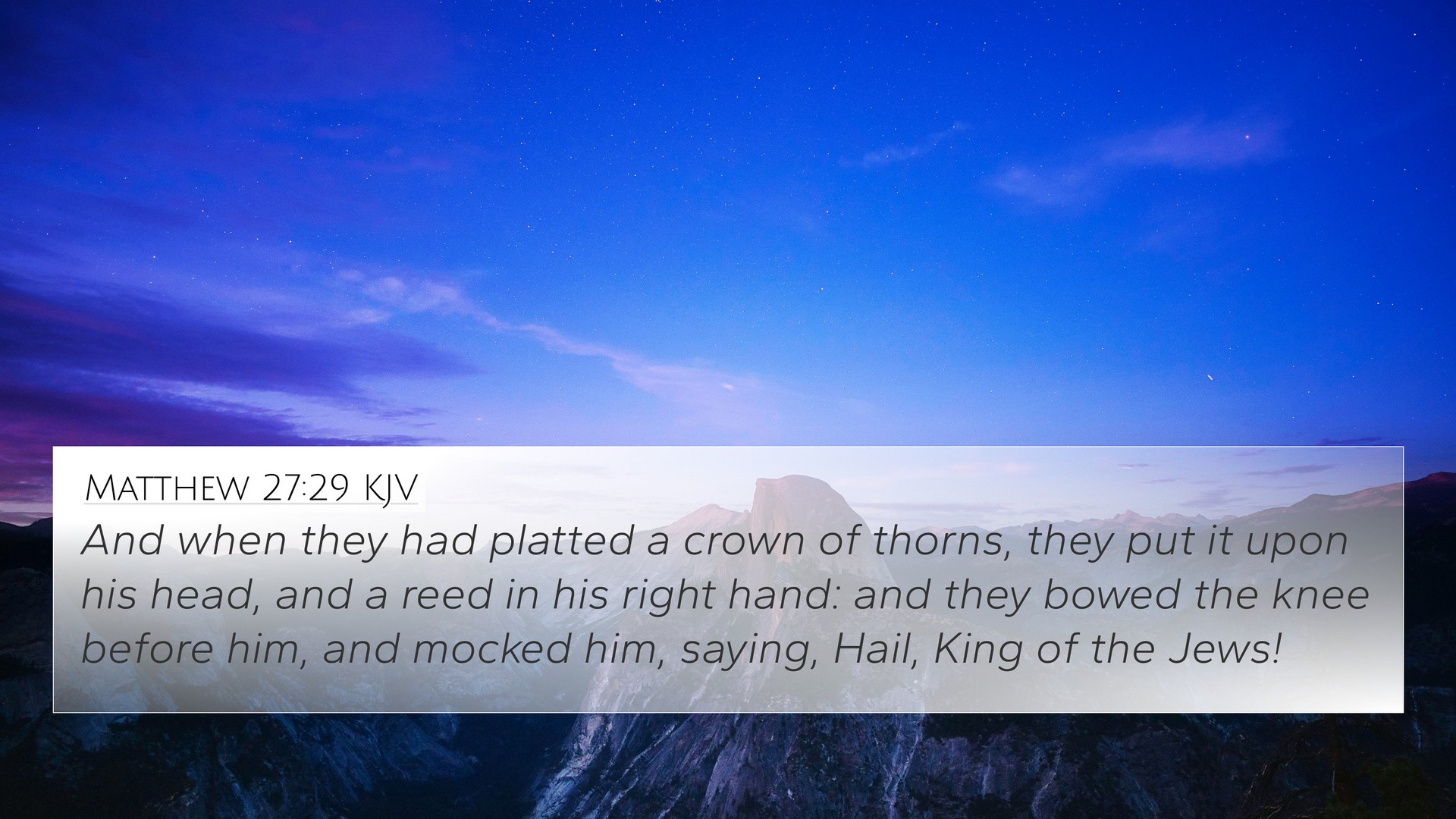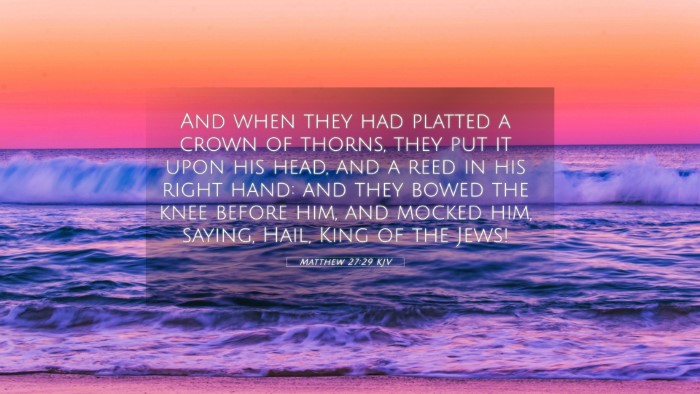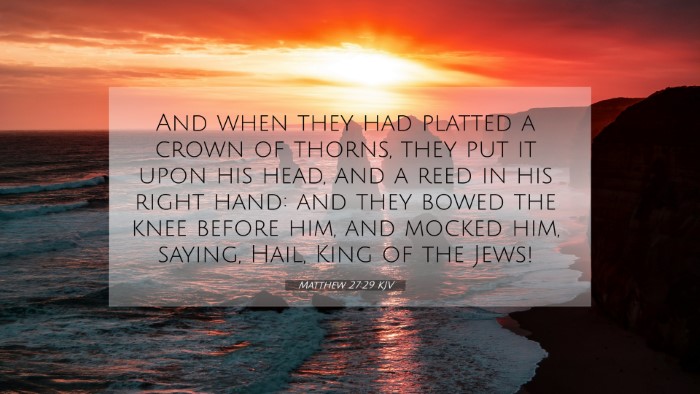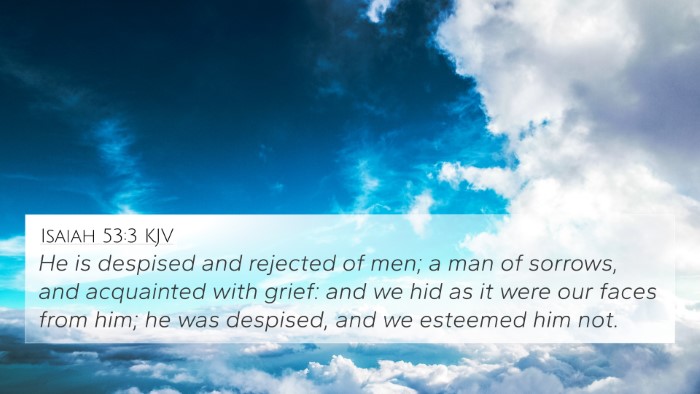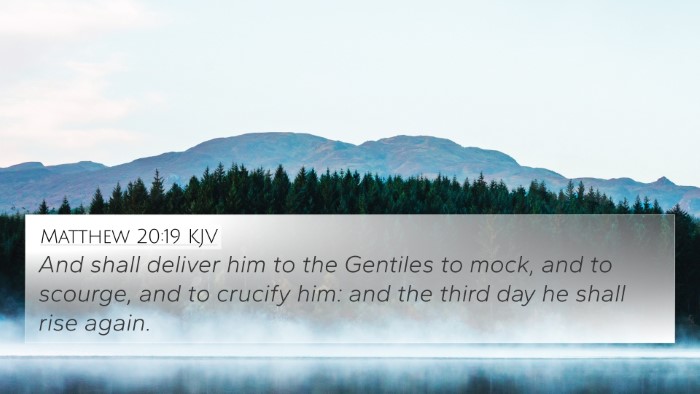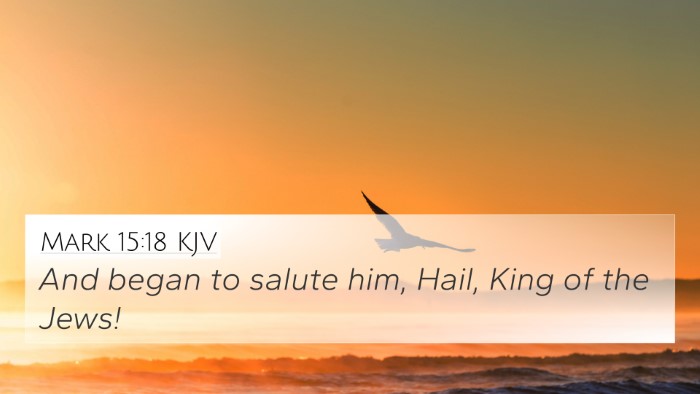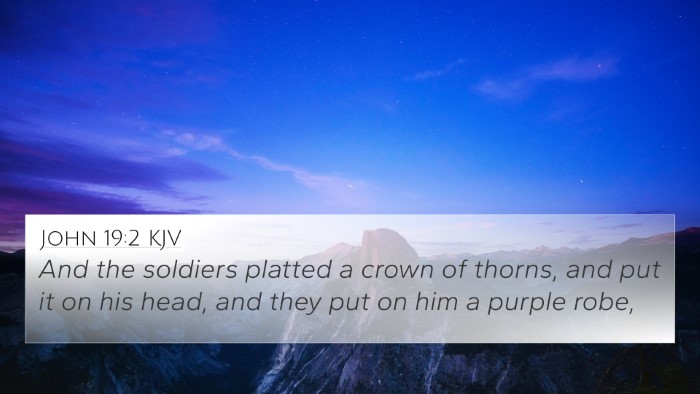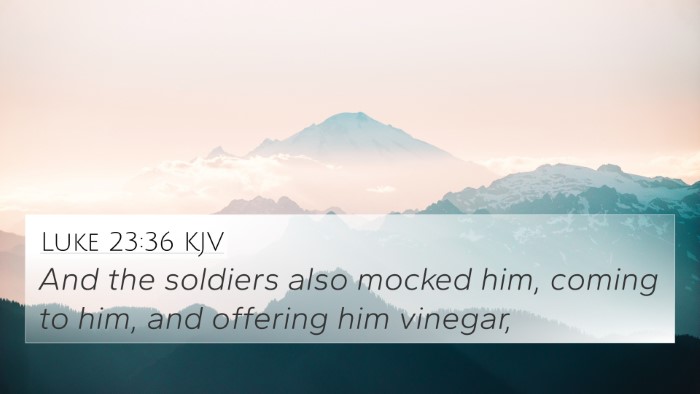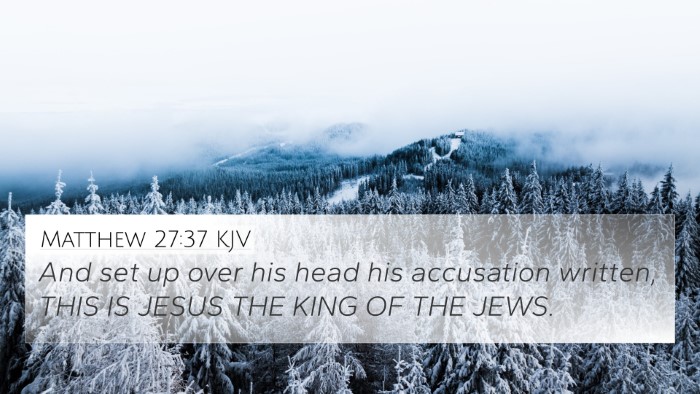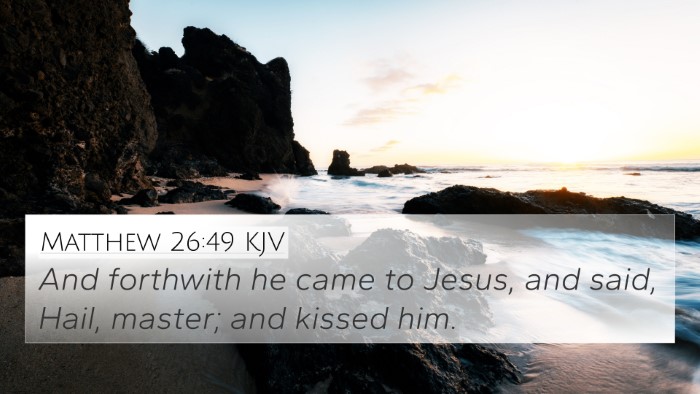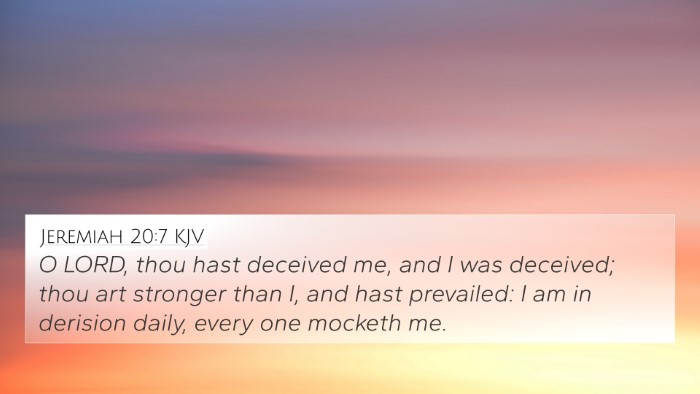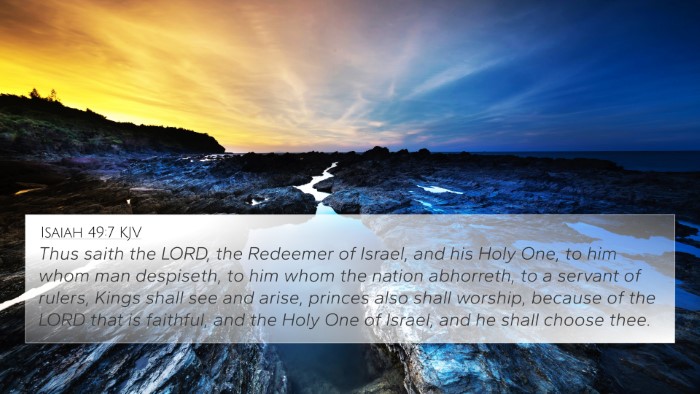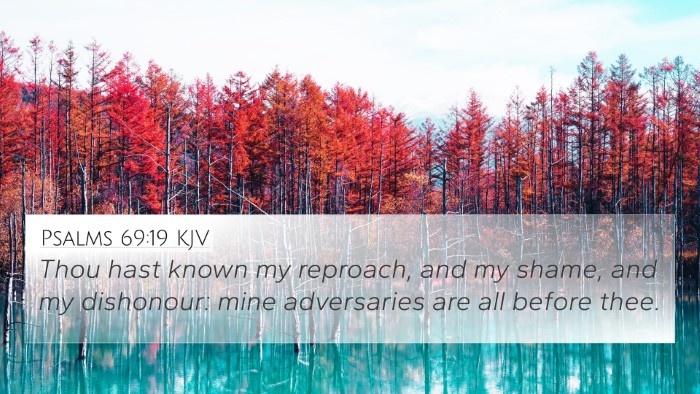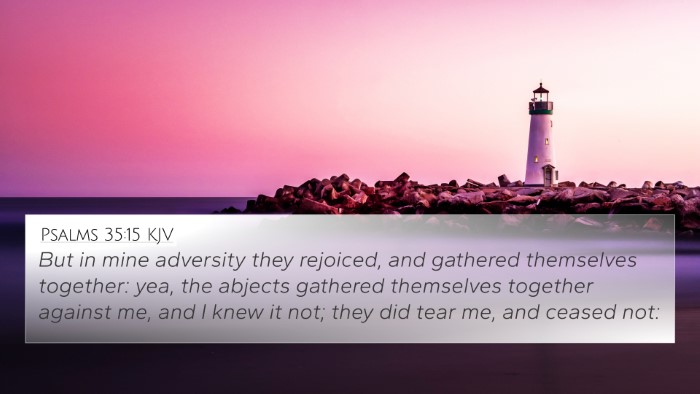Understanding Matthew 27:29
Matthew 27:29 reads: "And when they had twisted a crown of thorns, they put it on His head, and a reed in His right hand. And they bowed the knee before Him and mocked Him, saying, 'Hail, King of the Jews!'" This passage takes place during the trial of Jesus before His crucifixion, depicting the mockery and humiliation He endured at the hands of Roman soldiers.
Summary of Insights from Public Domain Commentaries
Matthew Henry's Commentary
Matthew Henry emphasizes the profound humiliation of Christ in this verse. He notes that the soldiers, in their mockery, attempted to belittle Jesus' claim to kingship by adorning Him with a crown of thorns, which symbolizes suffering and mockery. Henry points out that this act foreshadows the painful sacrifice Christ would endure for humanity's sake, illustrating the depths of His love and humility.
Albert Barnes' Commentary
Albert Barnes provides a detailed examination of the symbolism in the crown of thorns. He suggests that this crown represents not only the physical suffering Jesus was about to endure but also the spiritual opposition against Him. The mockery of the soldiers serves to highlight the contrast between earthly power and divine authority. Barnes argues that in their derision, the soldiers inadvertently acknowledged the truth of Christ’s kingdom, which is grounded in love and sacrifice.
Adam Clarke's Commentary
Adam Clarke interprets the act of placing a reed in Jesus' hand as a symbol of a royal scepter, further mocking the idea of Jesus as king. He points out that their greeting “Hail, King of the Jews!” was dripping with sarcasm. Clarke connects this to the prophecy found in Isaiah 53, where the suffering servant is portrayed, emphasizing that this mockery fulfilled the Scripture concerning the Messiah's suffering.
Key Themes and Connections
- Mockery and Suffering: Matthew 27:29 embodies the themes of humiliation and suffering, which are central to the passion narrative.
- Fulfillment of Prophecy: This event aligns with Old Testament prophecies regarding the suffering Messiah, including passages in Psalm 22 and Isaiah 53.
- Symbolism of the Crown: The crown of thorns symbolizes both the kingship of Christ and His impending suffering, creating a paradox of glory through suffering.
Bible Cross-References
To fully understand Matthew 27:29, it is helpful to explore related Bible verses that illuminate its meaning:
- Isaiah 53:3: "He is despised and rejected by men, a Man of sorrows and acquainted with grief."
- Psalm 22:7-8: "All those who see Me ridicule Me; they shoot out the lip, they shake the head, saying, 'He trusted in the Lord, let Him rescue Him!'
- John 19:2: "And the soldiers twisted a crown of thorns and put it on His head, and they put on Him a purple robe."
- Philippians 2:7-8: "He made Himself of no reputation, taking the form of a bondservant, and coming in the likeness of men. And being found in appearance as a man, He humbled Himself and became obedient to the point of death, even the death of the cross."
- Mark 15:17: "And they clothed Him with purple and they twisted a crown of thorns, put it on His head."
- Luke 23:11: "Then Herod, with his men of war, treated Him with contempt and mocked Him, arrayed Him in a gorgeous robe."
- Revelation 19:16: "And He has on His robe and on His thigh a name written: KING OF KINGS AND LORD OF LORDS."
Conclusion
Matthew 27:29 serves as a profound example of the mockery that Christ faced prior to His crucifixion, encapsulating the themes of suffering and fulfillment of biblical prophecy. By understanding this verse in connection with other scriptures, one can gain deeper insights into the nature of Christ’s sacrifice and the overarching narrative of redemption woven through the Bible.
Thematic Bible Verse Connections
In exploring the thematic connections between Bible verses, it becomes clear that the suffering Jesus experienced is both a fulfillment of prophecy and a significant aspect of His identity as the Savior. This highlights the importance of cross-referencing biblical texts to gain a comprehensive understanding of how different parts of Scripture interconnect.
For those wishing to explore further, tools for Bible cross-referencing, such as a Bible concordance or a Bible cross-reference guide, can enhance the study of linked verses, enabling a deeper grasp of the text's myriad connections.
